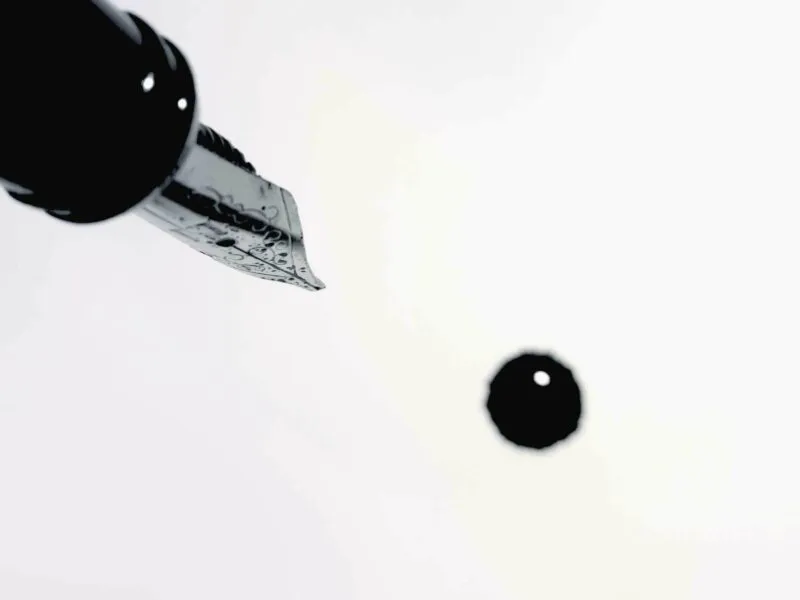Zombie IP: When dead IP rights come back to life
It’s Halloween, and while we’re used to hearing about ghosts and ghouls, in the world of intellectual property there’s something equally chilling: Zombie IP. These are IP rights that appear to have died, but then rise again, often with real-world consequences for unsuspecting businesses. Can trade marks, patents and designs can come back from the grave in Australia?
Trade marks: Beware the undead brand
A trade mark may appear to have gone abandoned, perhaps it has been removed from the register or hasn’t been used for years, but that doesn’t always mean it’s free to use.
The term zombie or ghost trade mark is used to refer to a trade mark which has been abandoned by its original owner, but is later revived by a new owner who uses the mark as their own in relation to the same goods or services.
In the case of ghost trade marks, the goodwill and residual reputation held by the original owner could still linger. While, on the face of it, it may appear that the original owner has lost interest in the trade mark, that does not always mean that they want another party using the mark and taking advantage of any residual goodwill. Use and ownership of the mark by another party can lead to confusion and, in some cases, damage to reputation.
So be wary of ghosts and zombies and think carefully whether the soul (goodwill and reputation) will linger and haunt before a mark is abandoned.
Patents: Back from the grave
Think an abandoned patent is safely buried? Think again.
Patents in Australia require the payment of annual renewal fees starting from the fourth anniversary of filing. If a payment is missed, the patent will lapse. However, it doesn’t immediately vanish. There’s a six-month grace period where you can still pay (with late fees) and keep the patent alive.
And even if that window closes, Australian law leaves the coffin lid slightly ajar. The Australian Patents Act allows the Commissioner to grant extensions of time for missed deadlines (including renewals) if the failure to meet the deadline was due to an error, omission, or circumstances beyond your control. In other words, if the death of the patent or patent application wasn’t intentional and you act promptly, your patent rights could rise again.
If revived, the patent becomes enforceable once more, which might spell trouble for anyone who started using the invention during its slumber.
Don’t assume an abandoned patent rests in peace — it might claw its way out of the grave!
Designs: The afterlife of visual appearance
Design rights can also be resurrected. Similar to patents, registered Australian designs are also provided with a six-month grace period to pay renewal fees, and even after that, extensions of time may be available to bring dead registrations back from the grave.
Even if the design can’t be revived, its spirit may live on.
A distinctive product shape may live on as a shape trade mark, haunting competitors long after the design right expires. These spectral protections can be powerful — shape marks can lock down the look of a product as part of its brand identity, making it harder for imitators to escape the shadow of a design.
And the haunting doesn’t stop at Australia’s borders. Overseas design rights can keep the appearance alive for decades, with some jurisdictions granting up to 25 years of protection. So while the local registration may be buried, its spirit could still roam globally, ready to spook anyone who thought the design was free to use.
Designs don’t always rest in peace — their afterlife can stretch across borders and into other IP rights.
How to keep your IP alive (and avoid a fright)
To avoid your own IP rights turning into restless spirits:
- Stay vigilant when managing your IP portfolio, track deadlines and know when renewal fees are due for your IP rights.
- Know what IP you hold and how it’s being used—regularly assess its value, relevance, and potential risks before making decisions like abandonment or renewal.
When doing due diligence on someone else’s brand, invention or design, be aware of the risk that an abandoned trade mark, patent, or design may be revived through grace periods or extensions of times, and that IP rights can persist overseas even if the local rights have died.
If you find yourself haunted by a Zombie IP issue, FB Rice’s team of patent, trade mark and design experts can help ensure your rights rest — or rise — exactly when you want them to.
This article is intended for general information and entertainment purposes only and does not constitute legal advice. Intellectual property laws can be complex and vary by jurisdiction. Readers should not rely solely on the content of this article when making decisions about IP rights. Always conduct your own research and seek advice from a qualified professional before taking any action related to intellectual property.


